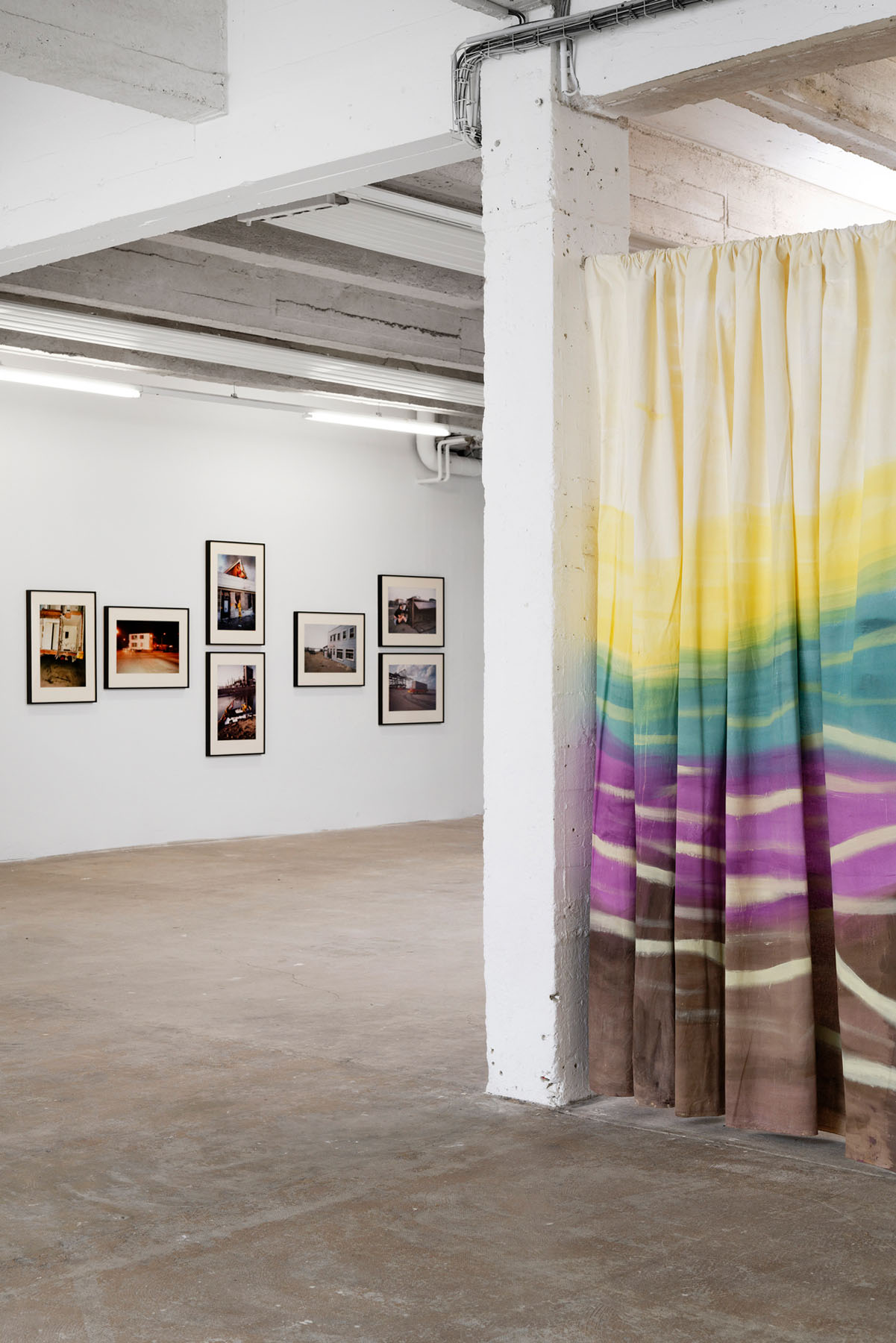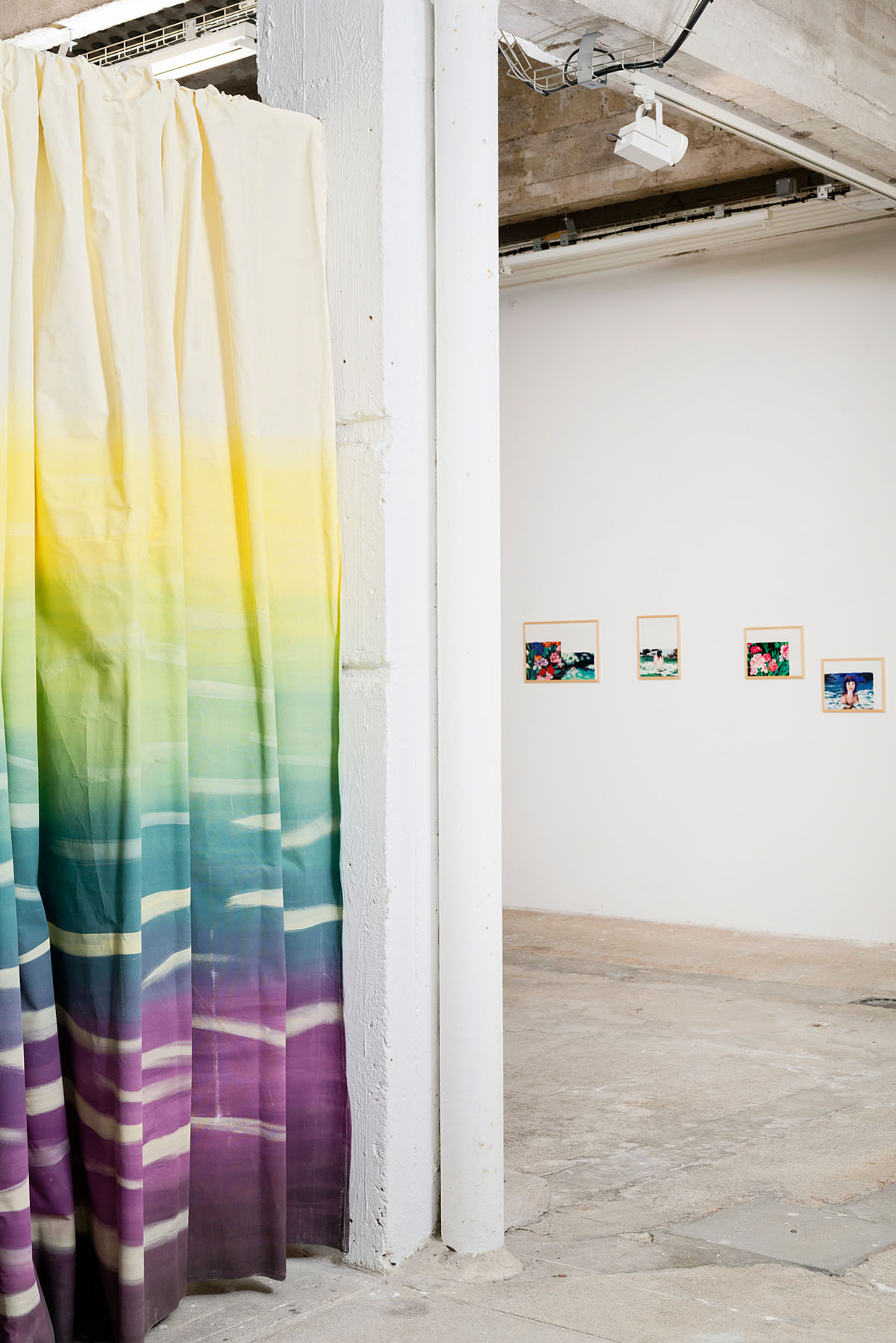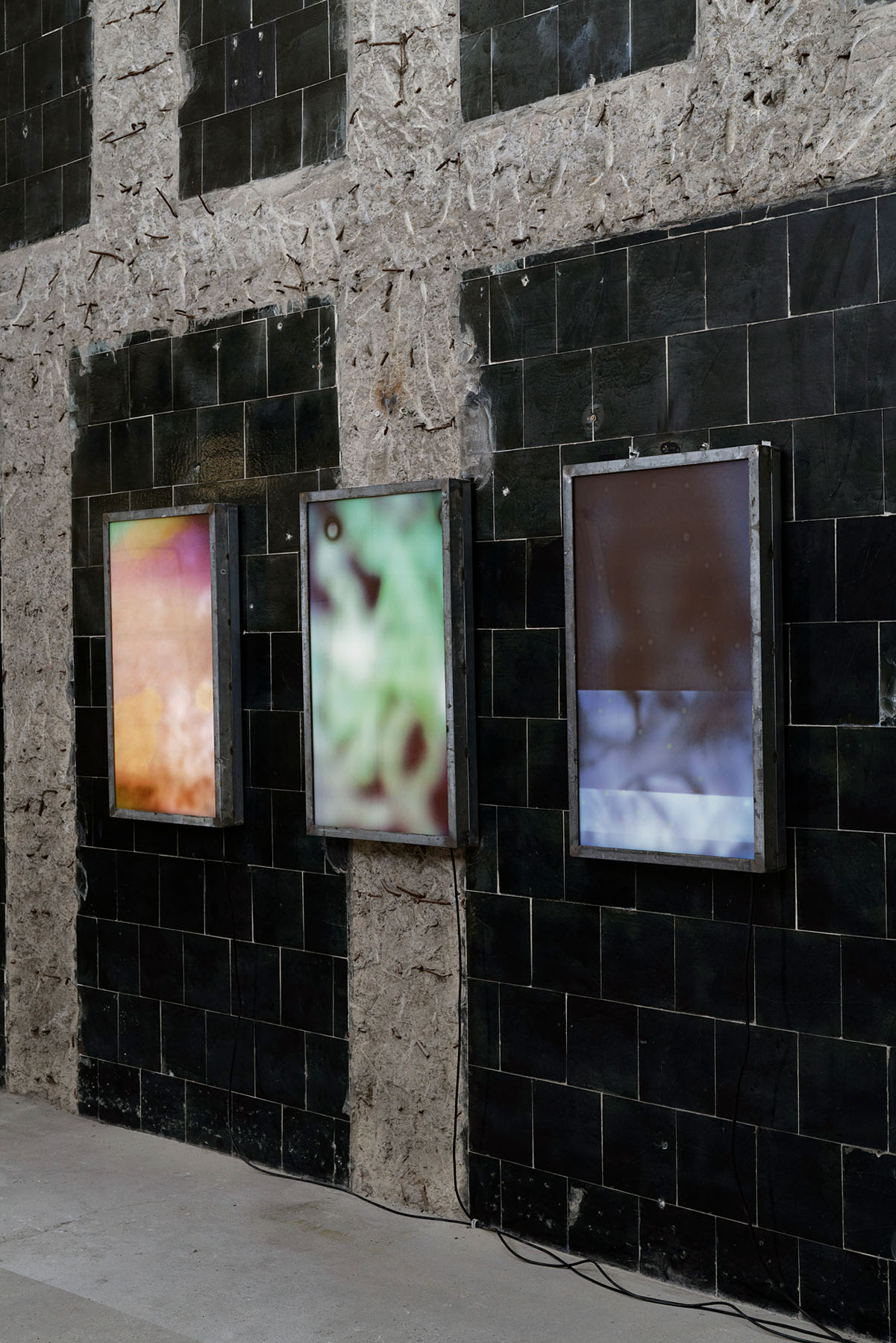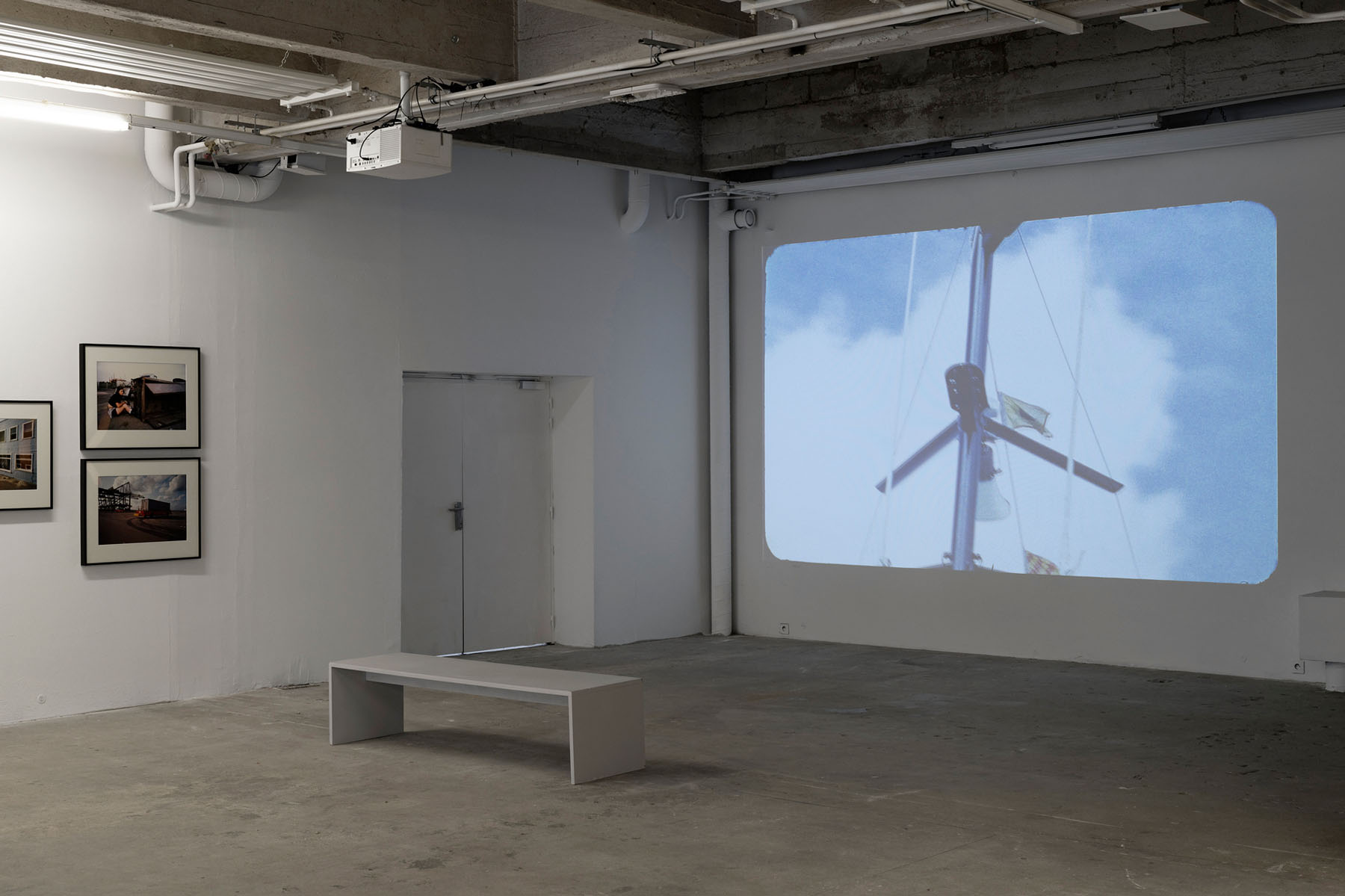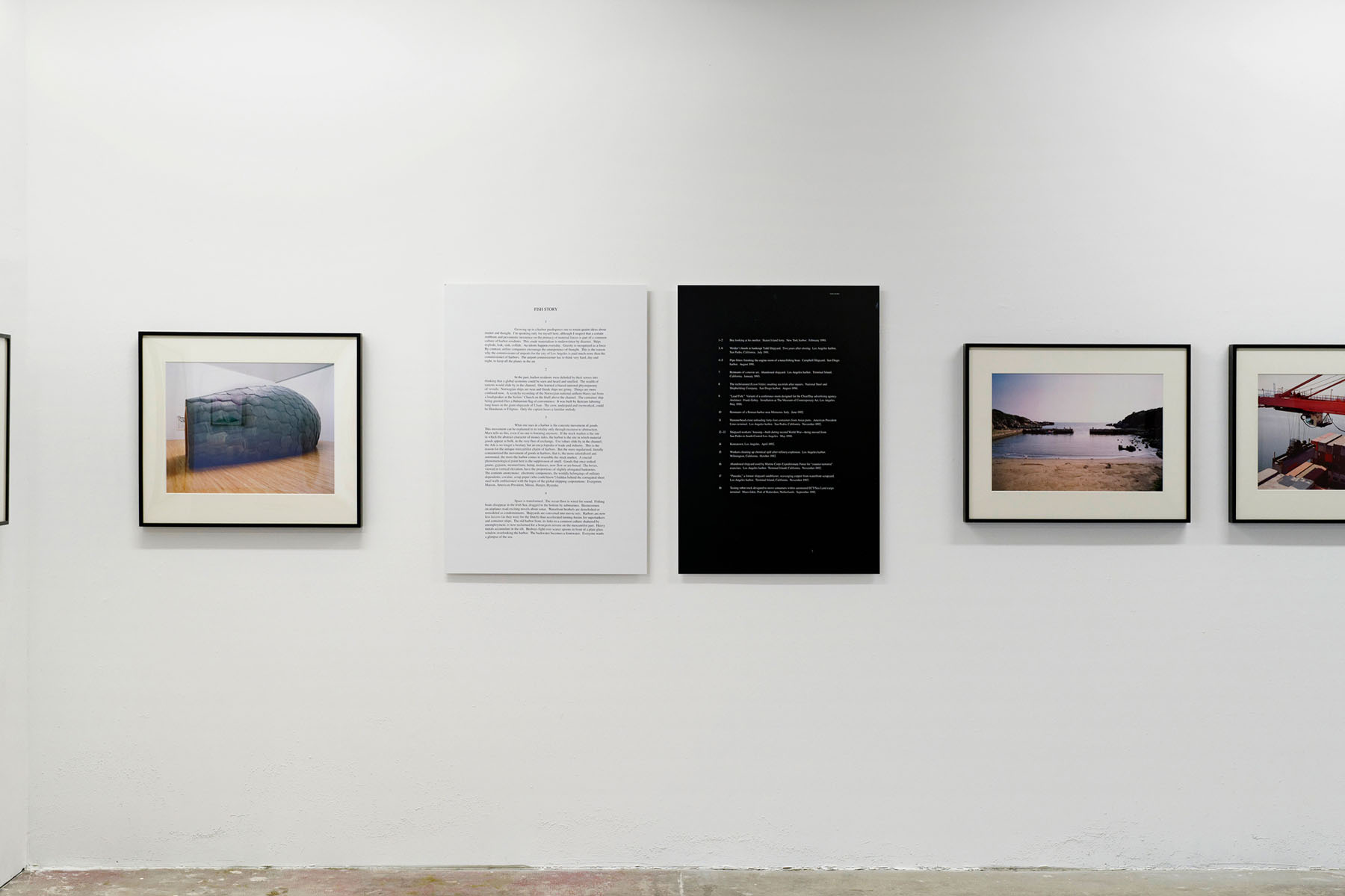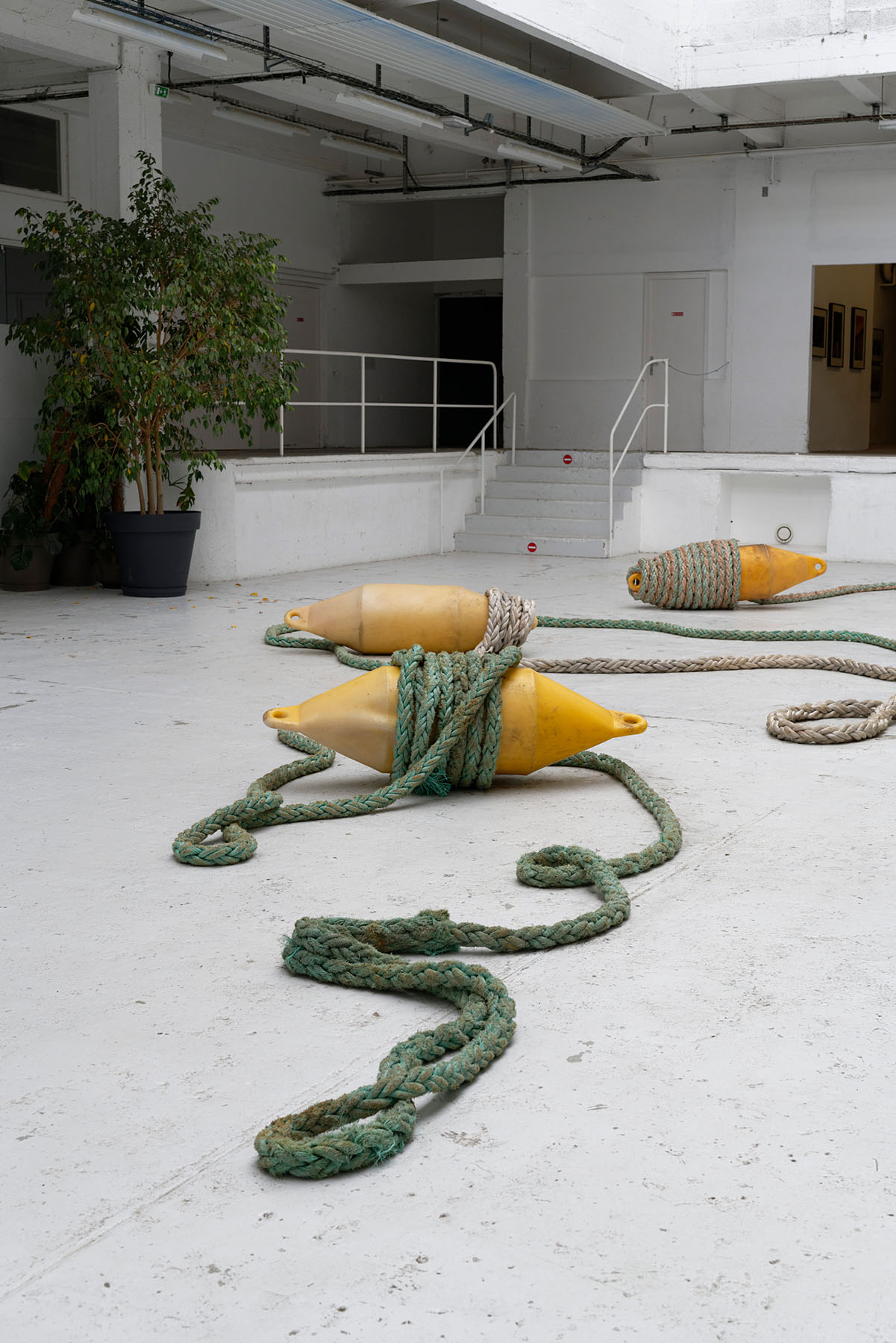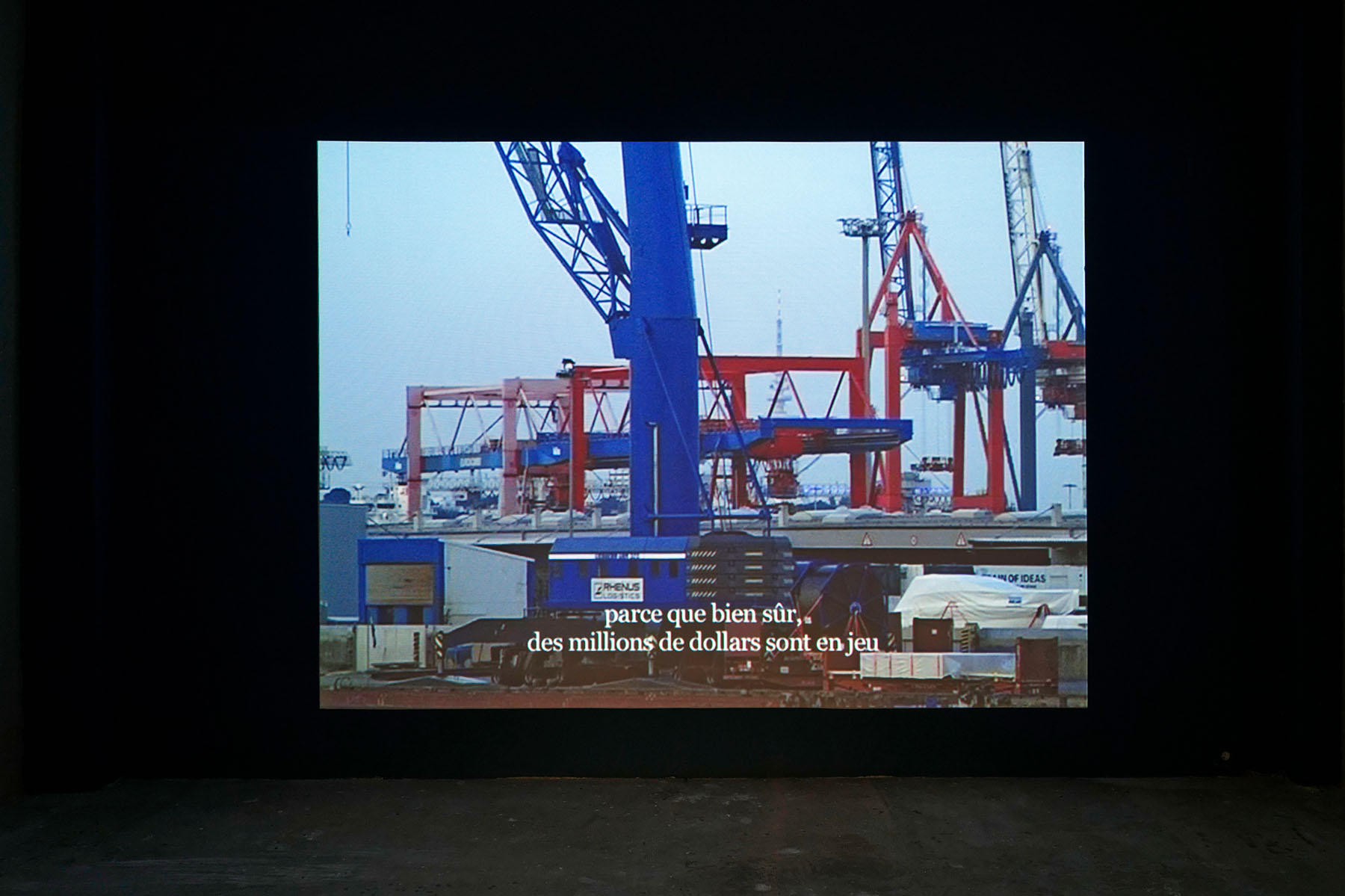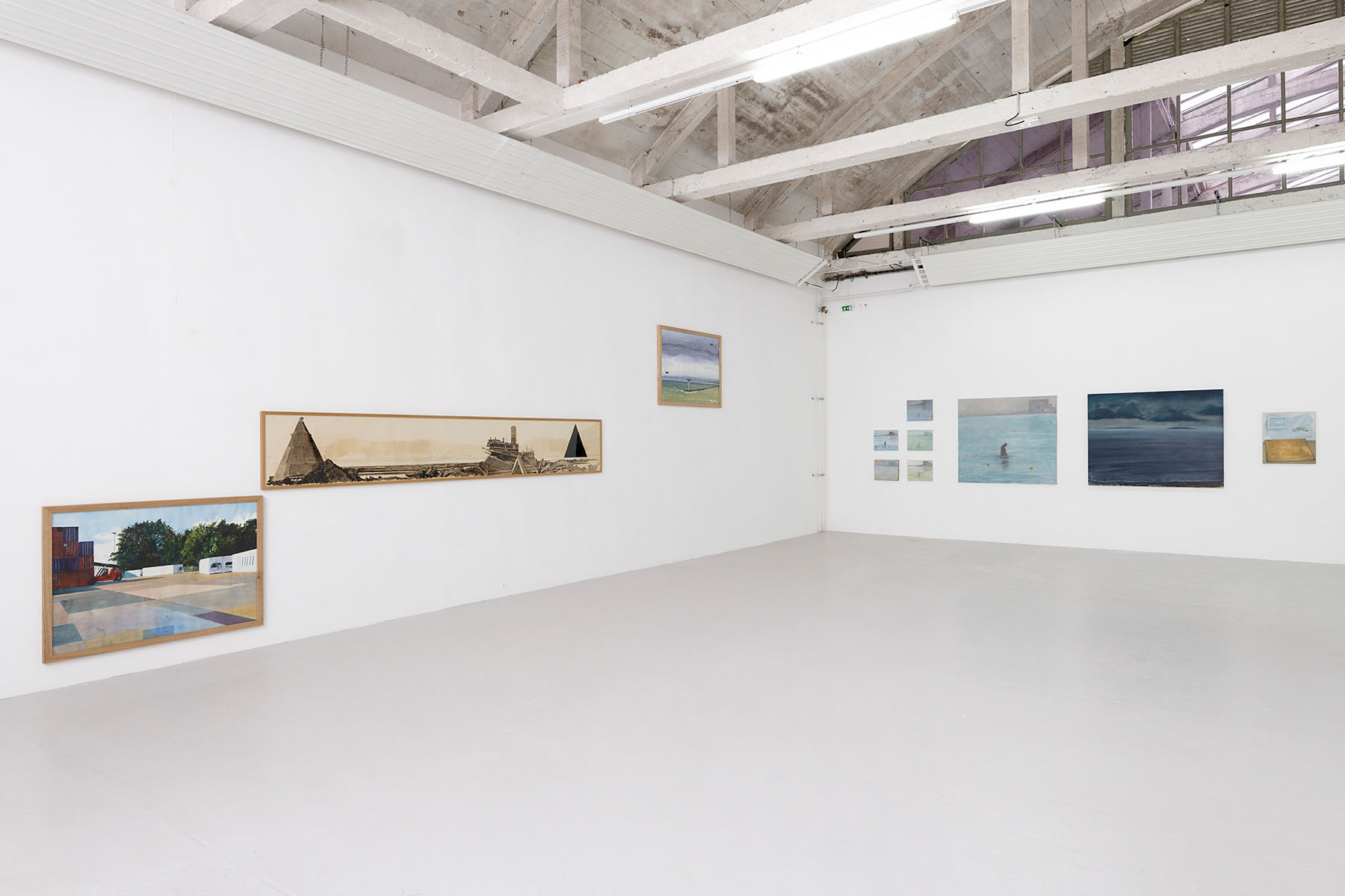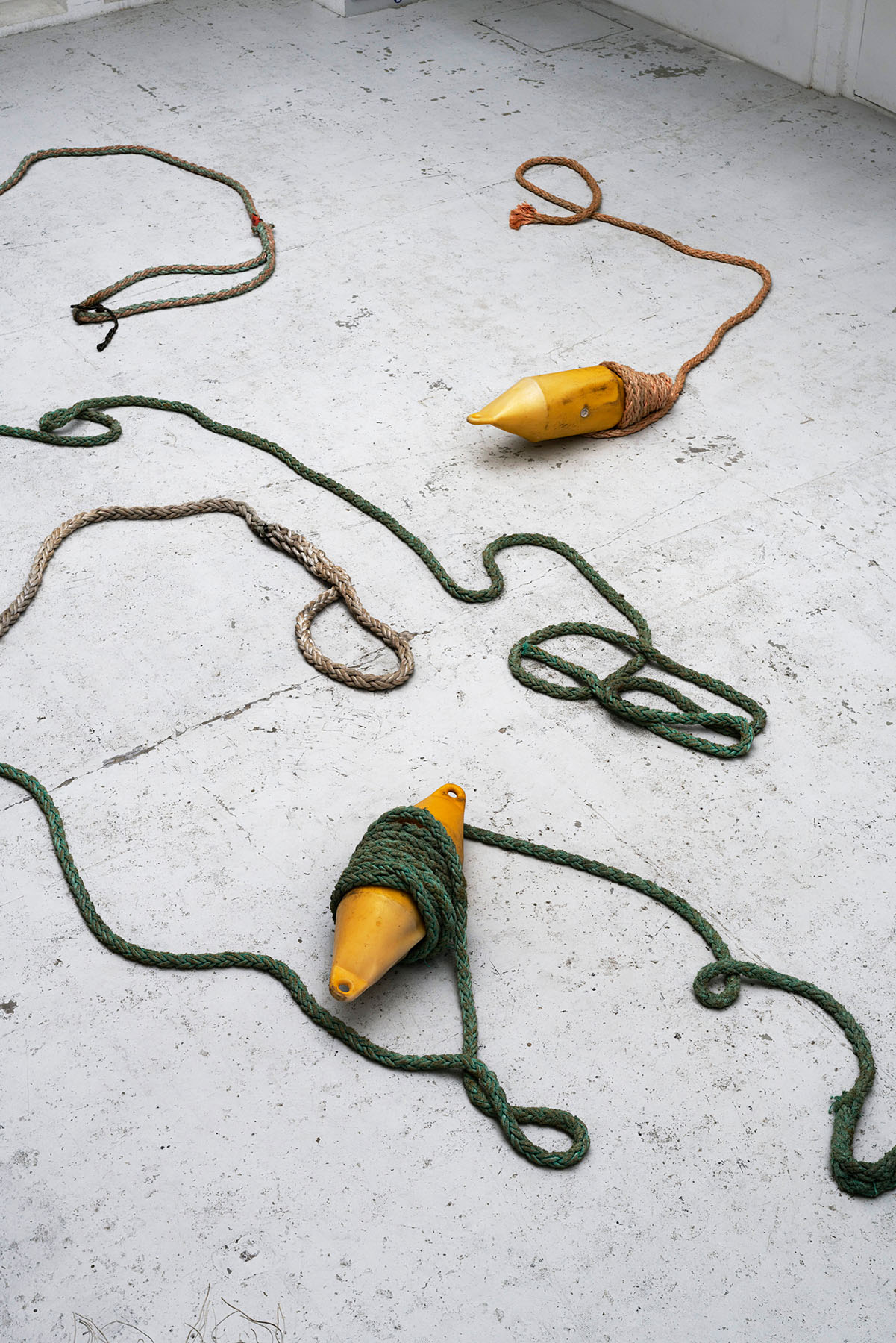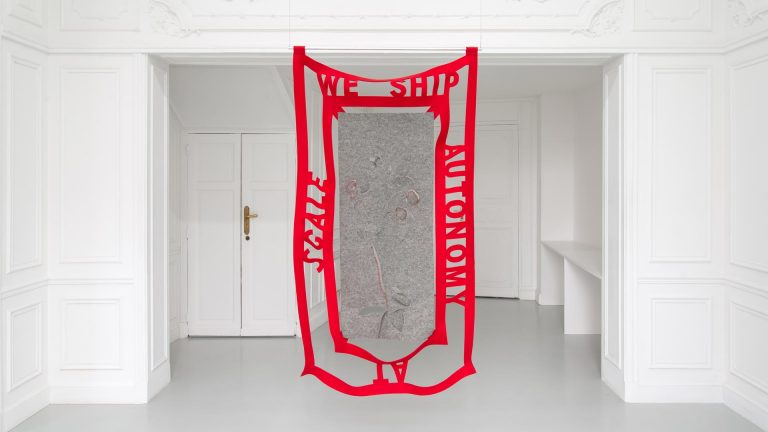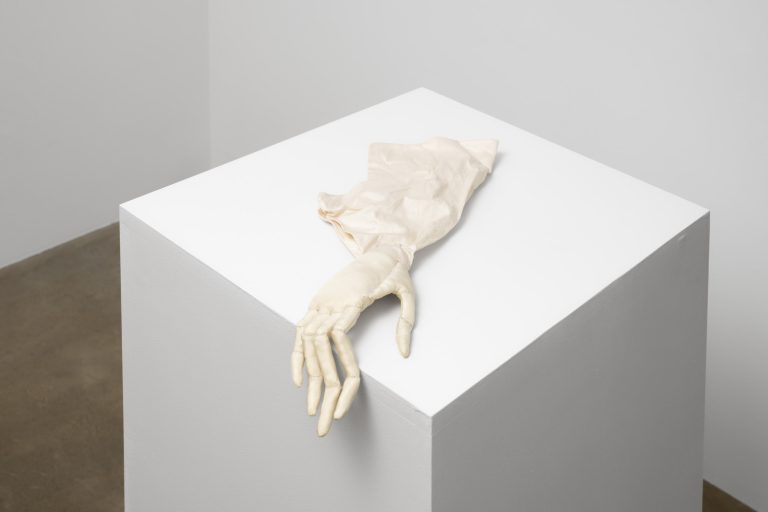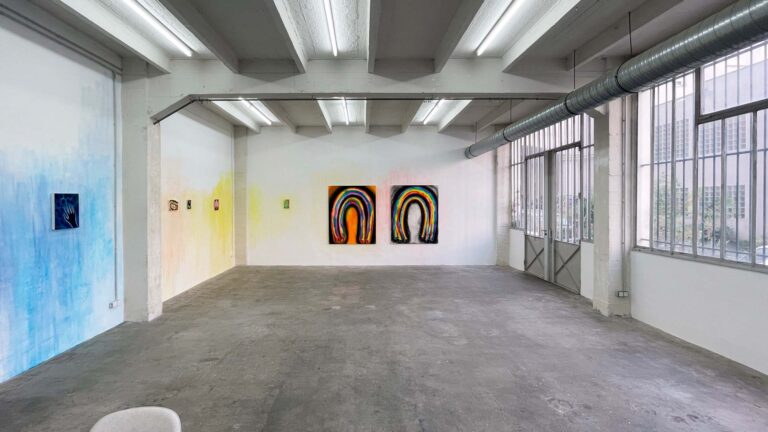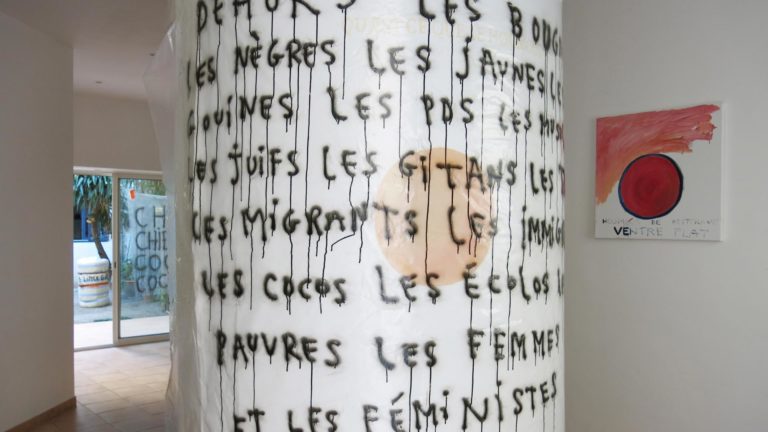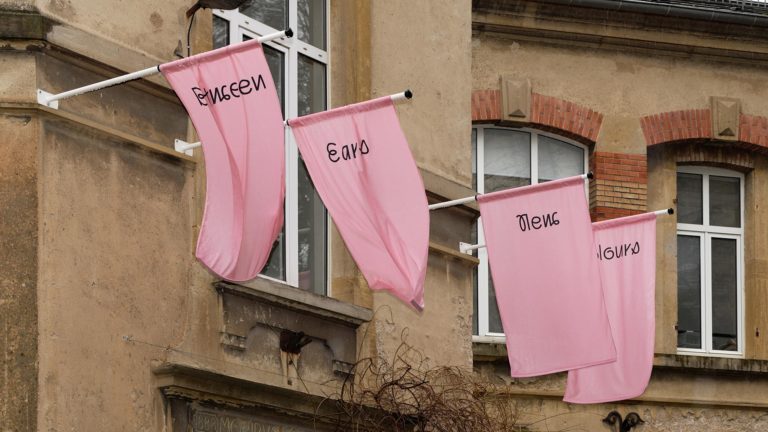Artists: Giulia Andreani, Amandine Arcelli, Hera Büyüktaşçiyan, Hoël Duret, Nathanaëlle Herbelin, Bouchra Khalili, Florian Mermin, Miguel Miceli, Ni Youyu, Marie Ouazzani & Nicolas Carrier, Ingrid Pollard, Liliana Porter, Yvan Salomone, Mostafa Sarabi, Allan Sekula, Ana Vaz, Charlotte Vitaioli
Exhibition title: Face à la mer
Venue: Passerelle Centre d’art contemporain, Brest, France
Date: June 12 – September 12, 2020
Photography: all images copyright and courtesy of the artists and Passerelle Centre d’art contemporain
In his song Face à la mer [Facing the sea], the rapper Passi sings with Calogero about leaving the Congo to travel to France, where he grew up. The 2020 summer season at Passerelle Centre d’art contemporain, which would have coincided with the Brest International Maritime Festival (now postponed until 2021), is devoted to the coastline, and more specifically to one piece of infrastructure, the backbone of Brest: its port.
Ports provide the ultimate setting for exchange, linked in the romantic imagination to adventure and trade. Yet they often evoke much more besides, from new environmental issues to protest movements, and from migration to the memory of slavery.
While not intended to be exhaustive, the exhibition Face à la mer attempts to look at each of these themes through the work of 18 artists from a variety of generations and origins. This great joint exhibition extends over the two floors of the art centre, interlinking these many subjects and mixing together a great diversity of media including new works created especially for the exhibition.
In The Seaman (2012), Bouchra Khalili presents the story of a Filipino worker describing life at sea, reflecting globalised trade with its grim working practices. Marie Ouazzani & Nicolas Carrier filmed palm trees in the port of Brest, a symbol of globalised flora and world climate change. The paintings of Mostafa Sarabi tend towards poetry and fantasy, evoking a melancholy, sombre sea. Ni Youyu uses collages of photographs for a carefully nuanced examination of the destinies of migrants, with their broken dreams and legitimate hope of a better life. In a film made around a dinner table, Ana Vaz examines a history of colonisation through the maritime prism, while Yvan Salomone recalls his cargo journey from France to Guyana in his large watercolours.
The exhibition Face à la mer is not intended to be illustrative and invites the public, by observing our ports, to dream and to wander, as well as to wonder about the future of globalisation, its ecological footprint and the major social issues of the twenty-first century.





